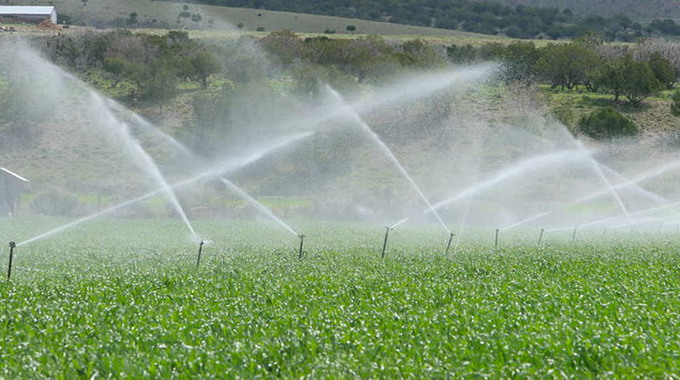
The 2019-2020 summer cropping season is here and we implore the Government — through the Ministry of Lands, Agriculture, Water, Climate and Rural Resettlement and other stakeholders — to start the distribution of farm inputs to all parts of the country.
This will enable farmers to access inputs on time before the onset of the rainy season.
We all know that agriculture is one of the critical sectors of Zimbabwe’s economy with potential to contribute significantly to the gross domestic product (GDP).
Apart from its contribution to the GDP, it is also vital to guaranteeing the country’s food security and food nutrition. Late distribution of inputs is costly for the country both in terms of the huge amounts that are spent on food imports as well as missed opportunities for potential agricultural output growth and food security.
When the inputs are distributed on time coupled with a good rainfall pattern that has been predicted for this current cropping season, the country can be assured of a bumper harvest and improved agricultural prospects.
This could make the price of mealie meal, our major staple food affordable to the consumers as the supply will outstrip demand. In addition to this, there could be scope for the country to export surplus grain and earn foreign currency.
Agriculture, if properly harnessed has the potential to create employment, improve livelihoods and strengthen the country’s food and nutrition security. Food security experts say the region produced about 37,5 million tonnes of cereals, compared to 42,9 million tonnes in the 2017-2018 cropping season.
There is a huge supply gap which is being met by imports and interventions from non-governmental organisation. Zimbabwe, alone, has 800 000 tonnes in its reserves against a consumption demand of 1,8 million tonnes, forcing the country to import grain to fill the gap.
The impact of the drought that swept across the entire SADC region last season has been felt across all sectors, including agriculture, food and nutrition security, tourism, energy, health, water and sanitation and education. Zimbabwe has not been spared.
The impact is all evident in all the key sectors of the economy. The latest regional rainfall forecast for the 2019-2020 cropping season shows that Zimbabwe and most other SADC countries are likely to receive normal to above normal rainfall.
Climate scientists have played their part in predicting the seasonal rainfall and its now up to the Government, farmers and all critical stakeholders to take heed of this to plan and implement all farming activities accordingly.
Predictions by climate scientists have been on point in the last few years and it is now time for us to have confidence in our own climate forecast systems. Failing to plan is planning to fail and this saying resonates powerful at this time.
We should improve our systems and desist from failing our farmers through late distribution of inputs. The rainy season will start any time from now and it will be very difficult to distribute seeds and fertilisers due to the poor state of some of our roads in the country.
Exchange rates are changing fast and prices of major agricultural inputs are going up every now and then. All this calls on us to undertake the exercise now and expeditiously. If we don’t, inflation and the rising exchange rate will erode the Command Agriculture budget for the 2019-2020 cropping season.
The result will be devastating — increased food insecurity and poor nutrition as well as missed targets for goal number 2 of the UN SDGs to end hunger, achieve food security and improve nutrition and promote sustainable agriculture.
It will also make the goal towards making the country a middle-income economy by 2030 elusive.
